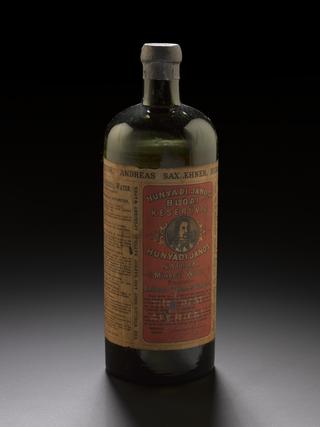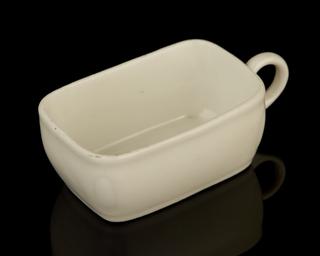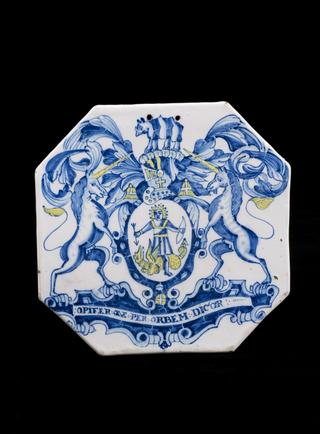




Ivory mortar and pestle, mortar carved with alchemy scenes and cherubs, snake carved around pestle, possibly 16th to 17th century
Mortars and pestles were used to grind plants, minerals and hard substances for drugs. The mortar is decorated to a high quality with cherubs using alchemical apparatus for distillation. The pestle, carved from a single piece of ivory, shows a snake coiled around the handle. The snake is symbolic of medicine and a snake wrapped around a staff is linked to Asclepius, the Greek god of healing.
This mortar and pestle allegedly belonged to Queen Victoria. She is believed to have presented it to the Chambers family who were in the royal household’s service from 1830 onwards. It may have been a purely decorative piece as it looks as if it has hardly been used.
Details
- Category:
- Pharmacy-ware
- Collection:
- Sir Henry Wellcome's Museum Collection
- Object Number:
- A641078
- Materials:
- ivory
- Measurements:
-
pestle: 155 mm 35 mm, .21kg
mortar: 130 mm 95 mm, .59 kg




